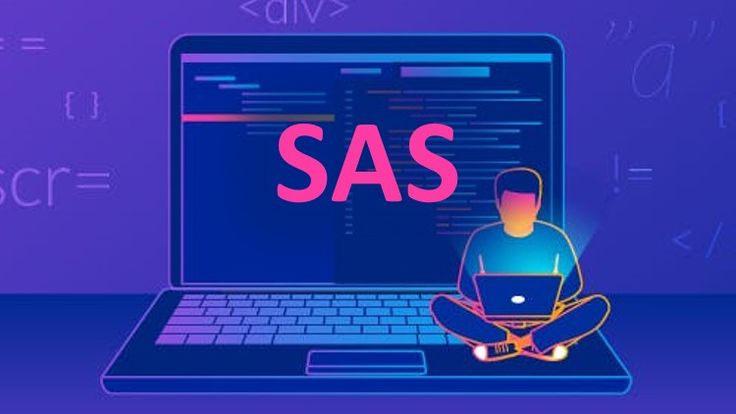Description
Introduction
Apache Spark, combined with Scala, provides a powerful ecosystem for handling large-scale data processing and machine learning tasks. Spark’s MLlib is a machine learning library that allows developers to efficiently implement algorithms and pipeline workflows using scalable data processing. In this course, you will learn how to use Scala to leverage Spark MLlib to build, evaluate, and deploy machine learning models. This course covers essential machine learning concepts, data processing techniques, and provides hands-on experience with Spark MLlib.
Prerequisites of Scala for Machine Learning
- Basic knowledge of Scala programming language.
- Familiarity with basic machine learning concepts (e.g., supervised vs unsupervised learning, regression, classification).
- Understanding of distributed computing and the basics of Apache Spark.
- Experience with data manipulation and basic data structures (e.g., RDD, DataFrames).
Table of Contents
- Introduction to Machine Learning with Spark and Scala
1.1 What is Machine Learning and Why Use Spark?
1.2 Overview of Spark MLlib
1.3 Setting Up Spark with Scala
1.4 Spark’s Role in Scalable Machine Learning
1.5 Installing and Configuring Spark for Machine Learning - Exploring Spark DataFrames and Datasets for ML
2.1 Introduction to Spark DataFrames and Datasets
2.2 Data Loading and Preprocessing in Spark
2.3 Data Cleaning and Transformation with Spark SQL
2.4 Using DataFrames for Machine Learning in Spark
2.5 Feature Engineering in Spark with Scala - Supervised Learning Algorithms in Spark MLlib
3.1 Introduction to Supervised Learning
3.2 Linear Regression in Spark MLlib(Ref: Testing and Debugging Scala Applications)
3.3 Logistic Regression for Classification
3.4 Decision Trees and Random Forests in MLlib
3.5 Evaluating Supervised Models: Metrics and Cross-Validation
3.6 Tuning Hyperparameters for Supervised Models - Unsupervised Learning Algorithms in Spark MLlib
4.1 Introduction to Unsupervised Learning
4.2 Clustering with K-Means in Spark
4.3 Dimensionality Reduction with PCA
4.4 Latent Dirichlet Allocation (LDA) for Topic Modeling
4.5 Evaluating Unsupervised Models: Silhouette Score and More - Spark MLlib Pipeline for Model Development
5.1 What is a Spark MLlib Pipeline?
5.2 Building a Simple Machine Learning Pipeline in Spark
5.3 Feature Scaling and Transformation in Pipelines
5.4 Model Tuning and Hyperparameter Optimization with GridSearch
5.5 Handling Imbalanced Data in Pipelines - Working with Large-Scale Data for Machine Learning
6.1 Managing Big Data with Spark: RDDs vs DataFrames
6.2 Using Spark’s Distributed Data Processing for ML
6.3 Scaling Machine Learning Workflows in Spark
6.4 Using Spark on Cloud Platforms for Large-Scale ML
6.5 Optimizing Data I/O for Machine Learning Workflows - Deep Learning with Spark and Scala
7.1 Introduction to Deep Learning and Spark
7.2 Using Spark with TensorFlow and Keras (via Databricks)
7.3 Building Neural Networks with Spark
7.4 Model Training and Tuning for Deep Learning
7.5 Comparing Deep Learning and Traditional ML Algorithms - Model Evaluation and Deployment
8.1 Evaluating Machine Learning Models: Accuracy, Precision, Recall
8.2 Model Selection and Cross-Validation
8.3 Model Deployment Strategies in Spark
8.4 Exporting Models for Production with PMML and Spark
8.5 Using Spark to Serve Predictions in Real-Time Applications - Optimizing Performance in Spark MLlib
9.1 Performance Challenges in Distributed ML Models
9.2 Tuning Spark for High-Performance ML Tasks
9.3 Memory Management and Garbage Collection in Spark
9.4 Spark’s Catalyst Optimizer for Query Performance
9.5 Profiling Spark Jobs and Bottleneck Identification - Best Practices and Advanced Topics in Scala and Spark MLlib
10.1 Best Practices for Writing Efficient Spark ML Code
10.2 Advanced Feature Engineering in Spark
10.3 Managing Model Interpretability and Explainability
10.4 Using Spark for Streaming Data and Real-Time ML
10.5 Future Trends: AutoML and ML in Spark
Conclusion
In this course, you’ve learned how to effectively use Scala with Apache Spark to tackle machine learning challenges. You’ve explored essential algorithms, data processing techniques, and tools within Spark MLlib to build efficient, scalable models. With a solid understanding of supervised and unsupervised learning, model pipelines, performance optimization, and deployment, you are now well-equipped to apply Spark MLlib to real-world machine learning problems at scale. Whether building predictive models, working with large datasets, or integrating deep learning, the skills you’ve gained will enable you to develop high-performance machine learning applications using Scala and Spark.
If you are looking for customized info, Please contact us here







Reviews
There are no reviews yet.